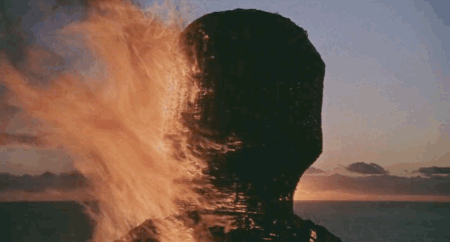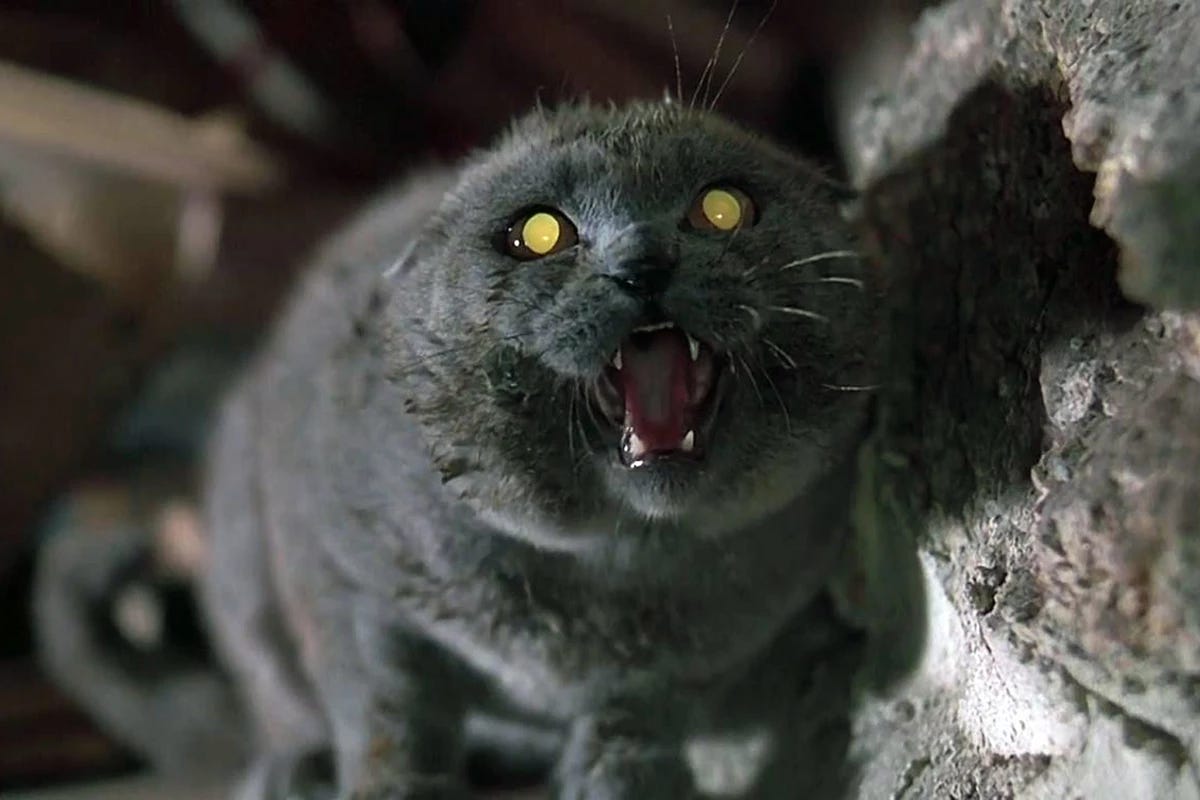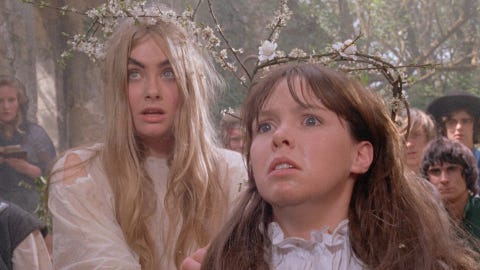I figured out that if I start my new batch of horror moments next week they will finish just before Christmas so to keep things neat I’m popping in a freestanding article today now that we’ve finished the first set on Wallace & Gromit. Do go and explore those if you’ve missed any and keep reading this article to find out where we’ll be heading next.
I wanted to explain a bit more why I think horror is important and why it’s worth reading about even if you’re never going to watch any of the films I mention. The point of my Thursday morning series is to explore the ways in which all kinds of works of art that aren’t primarily created to scare have drawn inspiration from this much maligned genre.
So here are my top 5 reasons why horror moments matter:
1. Community
Horror is capable of bringing people together, just look at how popular screenings and conventions like FrightFest have become. It attracts fans from all walks of life and often reflects experiences that aren’t depicted elsewhere in mainstream media. Contrary to what you might expect, horror lovers are often genuinely lovely individuals, fascinating oddballs and brilliant introverts, the kind of people who were bullied in school for being weird but have come to accept and celebrate their eccentricities. A monster under your bed is really just an imaginary friend, after all.
2. Catharsis
It has often been said that horror is a cathartic genre, allowing us to experience, process, and overcome fear in a safe environment, a bit like playfighting amongst young animals. It’s interesting how many horror fans are victims of trauma or abuse; there’s something powerful about being able to face the things that scare you, especially if you’ve endured real horrors in your life. One of the things you hear most often in a horror screening is laughter as the audience delights in the release of tension after a clever scare. You often leave the cinema feeling exhilarated.
3. Reflection
Not all horror films reflect on important social issues, but many of them do and often in some of the most inventive and insightful ways. From the giant monster movies of Japan, like Godzilla, which articulate the post-war reckoning with the impact of atomic bombing, to spectral forces like The Babadook which represent dark corners of the psyche, horror can depict the way real-world dangers make us feel and leave a far more powerful impression than a straightforward drama. If we’re being honest, most of us wouldn’t eagerly opt to sit through a two-hour lecture on the nature of good, evil, faith and doubt, but The Exorcist weaves these reflections into the powerful story of priests trying to rescue a little girl from The Devil, which makes it a lot more exiting.
4. Beauty
Yes there are splatterfests and gross-out films like The Evil Dead which will put you off custard for a good few weeks, but some of the best and most beautiful cinematography belongs to the horror genre. Look at the use of shadows in The Innocents, a film which could have been in colour but chooses black and white as the canvas for its disturbing psychosexual drama, look at the painterly eye of Picnic at Hanging Rock, or the perfectly-timed final shot of the sunset at the end of The Wicker Man. Some of the most famous scores come from horror films, like the slashing violins of Psycho which draw from The Rite of Spring and other classical works. Horror provides all of the artistic disciplines with new reasons to innovate and excel. And even the disgusting moments have their appeal, like watching a clever stage illusion perfectly executed. You can sometimes sense how much fun the special effects team had turning someone inside out through their arsehole on a budget of 17p.
5. Responsibility
I’ve always been of the opinion that looking too much and too little are both bad for you: if we peer voyeuristically at the suffering of others for pure shock value we risk eroding our capacity to empathise, but equally if we screw our eyes shut against the horrors of the world we make it near impossible to do anything about them. I sometimes wonder what it would have been like for a victim of abuse to speak to a campaigner for censorship like Mary Whitehouse about what had happened to them. Could someone so averse to the depiction of nastiness cope with a traumatised person describing a harsh reality? What if they decide to turn it into art? Horror can be an oddly moral genre, holding culture to account – although sometimes the lesson is as simple as a cautionary fairy tale: don’t bury your pet in a cursed graveyard…
What kind of horror do I dislike?
There are plenty of horror films that are not to my personal taste, usually those that dwell on graphic violence to the detriment of plot like Hostel or the Saw franchise. On the other end of the spectrum, I don’t much like the tamer horror films churned out by big studios, films like The Conjuring and Insidious that rely on well-worn jump scares and feel shallow when you know what horror can achieve, and not quite campy enough to be fun for their own sake. I’m not a consumer of ‘extreme’ horror which is almost a separate genre entirely, your Cannibal Holocausts and Guinea Pig films which push well beyond the ordinary boundaries of taste and make Hostel look like Mary Poppins. There are interesting discussions to be had about all of the above, and my taste is utterly subjective, so I’m always up for hearing from people who have different opinions and I’m always against censorship between adults.
But folk horror is the best subgenre, don’t listen to anyone who tells you it’s just creepy shots of trees.
Where next?
So where will horror moments take us next? I’m extremely excited to say that the next batch of ten articles will all revolve around *drum roll*…
Horror moments in the plays of William Shakespeare.
How highbrow! How elevated! Don’t be fooled though, from ghosts to gougings, conjurations to cannibalism, things get pretty nasty in this series so you have been warned. Until then, let me know in the comments below what your feelings are about the horror genre. Are you reading along with no intention of watching anything I mention? Do you have a favourite or least favourite type of horror film? We’re all friends here at Curiosities, so don’t ever be afraid to disagree and remember,
Happy nightmares everyone!
Special thanks this week go to Jonathon Green aka Mister Slang who has become my newest paid subscriber. Jonathon is a lexicographer of Anglophone slang so do go and check out his wonderful newsletter. Thank you so much to everyone who has subscribed so far, free and paid, writing these articles has been a joy and I’ve got loads of exciting plans for the future of Curiosities so your support means the world.
Horror moments are posted every Thursday and a wide variety of articles exploring the history of magic, theatre, storytelling, and more are published on Monday afternoons.







Nice to see that BLOOD ON SATAN’S CLAW shot. I was chatting last week to a lady who performed in it, when she was 19.
"turning someone inside out through their arsehole on a budget of 17p" is everything